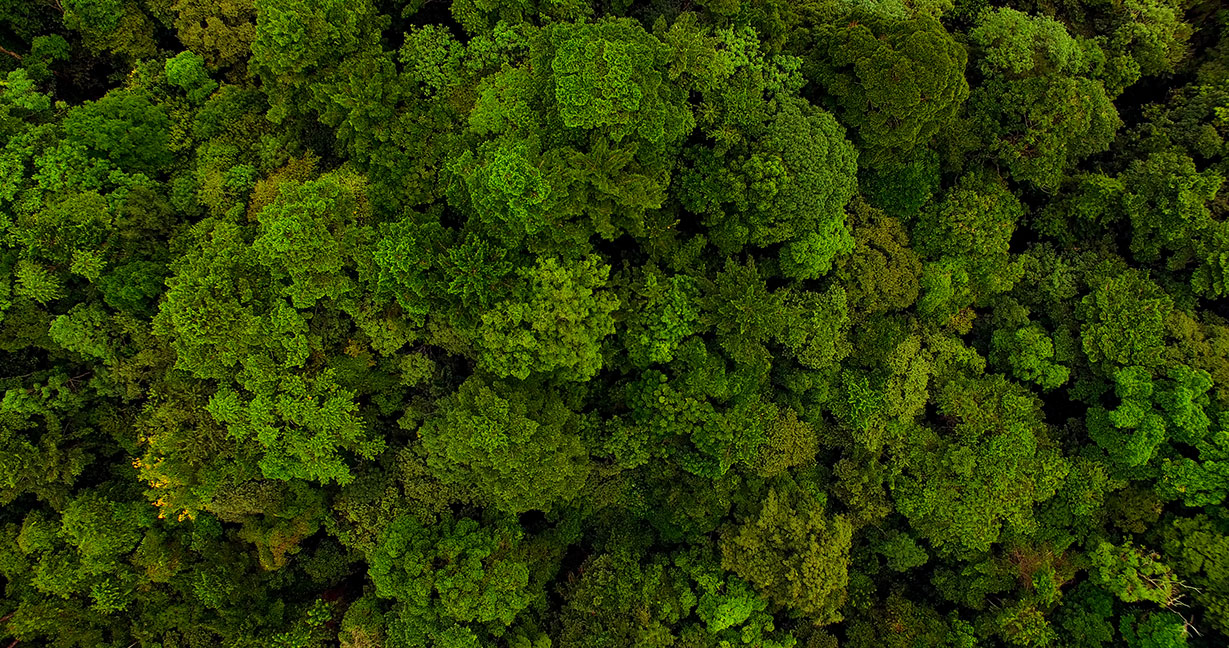Project: Carnegie Institute Andes-Amazon Forest Monitoring
Project Details
In tropical forests, local governments and organizations struggle to identify intact forest that remains in their region. The expense to constantly survey for change is limited by scale, terrain, density, and conflict. To simplify this process and reduce expense, I worked with the team developing CLASlite (the Carnegie Landsat Analysis System ‘lite’), a satellite-based forest monitoring tool created by Carnegie’s Department of Global Ecology. The tools is free and can be used for conservation, carbon mapping, and biodiversity assessment.
However, the user experience made it inaccessible to many of the people that really need it: indigenous groups in Panama trying to understand where their land was being destroyed, or a researcher attempting to follow the vegetation changes associated with climate change in a vast area of Nepal’s lower elevations. CLASlite was developed using expensive software, and it had to be transformed into an interface user-friendly enough for people with basic computer skills. I eliminated technical and communication user barriers, then trained government, education, and community representatives in Central and South America and Nepal to map and monitor their forests over time. Finally, to broaden user access, I partnered with Google Earth Engine to develop an online CLASlite platform.

